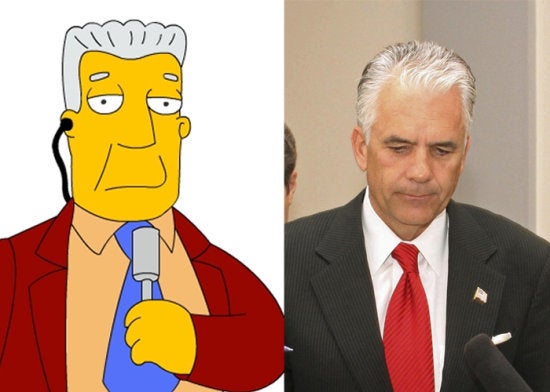Tim Draper, the Silicon Valley venture capitalist behind the Six Californias initiative, defended his plan Monday, insisting the idea is not a publicity stunt.
Speaking at a news conference in San Mateo, Calif., Draper said his plan to split California into six separate states would "improve the lives of Californians and set a new precedent for how government works."
"What I'm proposing here is to bring us closer to our government," Draper said, according to the Bay Area News Group. "We are all better off with more local government -- local government is more efficient, it's more effective, it represents us better."
He continued, "Leaving California the way it is, the status quo, is a crime."
Under Draper's plan, California would be divided into a half dozen separate entities: Silicon Valley (which would include San Francisco, Oakland and San Jose), South California, West California (which would encompass Los Angeles), Central California, North California and Jefferson.
As the San Francisco Chronicle points out, the plan is politically problematic on both sides of the aisle. The new states would add 10 new U.S. Senate seats in Democratic-leaning territory -- a figure unlikely to sit well with Republicans. Democrats, on the other hand, would be unwilling to give up California's 55 electoral vote block in future presidential races. Additionally, adding five more states to the union would present a host of bureaucratic and logistical issues, including constructing five additional state capitols and electing bodies to run them. And if the measure was approved by California voters, it would still need to go through Congress.
"It's not going to happen," Rep. Zoe Lofgren (D-Calif.) told the Chronicle. "There's no compelling reason to do it."
Draper, however, remains optimistic. Last week, California's secretary of state granted Draper and other activists permission to begin collecting signatures to get the measure on November's ballot. In order to qualify for the ballot, the measure will need signatures from 807,615 registered California voters by July 14.
"I've got a whole bunch of people who are willing to raise money for this," he said.

